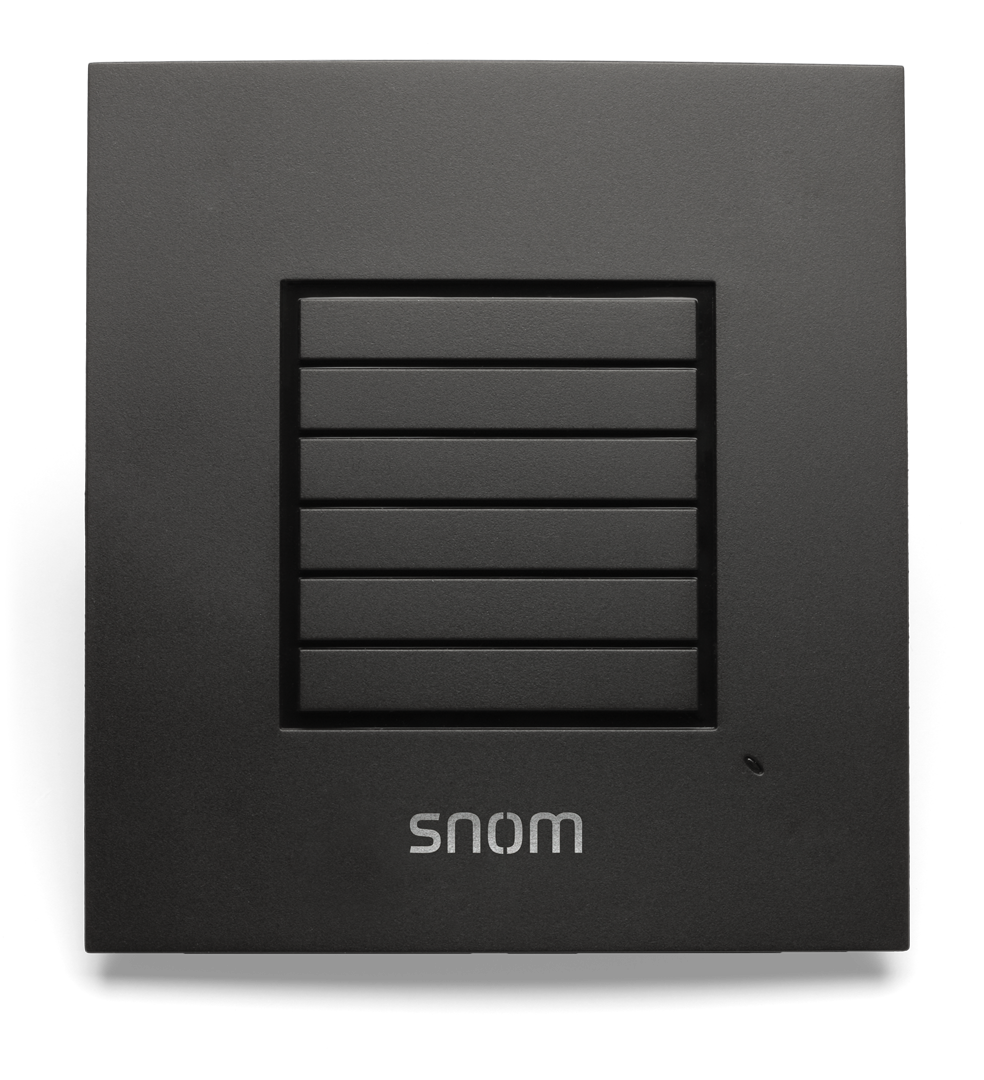Providing an employee with telephone communication at the workplace is a trivial task at first glance. But if we pay attention to the fact that the "workplace" has many types and specific characteristics, then often no trace remains of the initial apparent simplicity.
Today we want to talk about communication in the workplace, which sets us one or more of the following requirements:
- Guaranteed mobility within specific premises
- Management of aspects such as translation, call recording, etc.
- Protection of used equipment from various damages
- Equipment performance in difficult environmental conditions
- Notifying the required service of an emergency from an employee
- Locating equipment
Today, the most widespread and well-proven wireless telephony solution that can answer the above tasks is Microcell DECT solutions.
What is DECT? What is Microcell? What devices are there? What is the difference? What does Snom have to offer?
Interesting? Then sit back, the article will be voluminous.
Why DECT?
If a wireless telephony solution is required, three technologies are currently available.

Definition of DECT
- Digital Advanced Cordless Telecommunications (DECT, originally Digital European Cordless Telephony) is an international standard for telecommunications using radio technology for cordless telephones.
- DECT (ETSI) .
- , 50 ().
- 300 . 250 .
- , . : , .
- DECT 2,45 , WLAN, Bluetooth . ., .
- 1880 1900 , 10 1728 .
- ETSI 1900–1980 , 2010–2025 2400–2480 .
- DECT . DECT RSSI (Received Signal Strength Indication — ).
- ( 30 )
- , RSSI.
- DECT , :
- : , .
- : , , .
- , — .
What is Microcell?
I call a microcell a system / entity that covers a certain territory with a radio signal, allowing special devices located in the signal range to communicate. What does the Microcell consist of ? There are a large number of different types of devices and we, within the framework of this article, do not intend to cover them all. Let's talk only about the most frequently used ones.

Most commonly used components of Microcell
Base Stations - Hardware that acts as the gateway between the wired and radio network. It has a radio transmitter on board, as well as a receiver, which allows you to transmit and receive a signal from devices in a radio network to a wired network for further switching. As a rule, telephones act as such devices. A microcellular network implies that phones can move from one Base Station to another, so the base stations have the ability to synchronize with each other to support roaming (seamless call transfer from station to station).
What is the difference
, :
- ,
- ,
- : PoE,
- .
- DECT
- DECT
- PUSH
- GAP
Phones - Hardware, simply called handsets.
What is the difference
, :
- Bluetooth
- /
- ,
- PUSH
- , ,
Headsets are hardware. Wireless headsets that can independently operate in a DECT Microcellular environment.
What is the difference
Repeaters are hardware that allows you to increase the signal coverage area of the Base Station by an order of magnitude. The use of a Repeater can in many cases significantly reduce the required number of purchased Base Stations and, thus, the cost of the solution itself.
What is the difference
, :
- ,
DECT Managers - Hardware that controls the operation of Microcellular System devices. Used by most manufacturers.
What is the difference
, :
- , DECT
- , , , , DECT .
- DECT . , ,
Licensing is software that must be purchased for the operation of the Microcellular System. It is used by most manufacturers, sometimes has an intricate scheme, which affects the complication and rise in the cost of the final cost of the solution.
What is the difference
, :
- . 20 — . 50, . , , ,
- ,
What does Snom have to offer?
DECT Snom M900

- 1 4000
- 16000 ,
- 30
- 8
- 4
- , OPUS
- PoE
- DECT LAN
- 3 Snom M5
- DECT
- , ,
- .
- PUSH
DECT Snom Phones
We have a large selection of different handsets to suit the needs of most users. In order not to describe each device and not to tire the reader, we present a small summary table below. And then we'll tell you about the unique features. For those who need more technical information, we recommend visiting this section of our website.

Specifications and features
- High resolution color screens
- Bluetooth support for connecting with wireless headsets
- Supports Bluetooth LE and Beacon technology
- Audio jack for connecting wired headsets
- Clip / belt clip
- ( )
- PUSH
- (MIL-STD-810g 516.6)
- IP65
- ( -10 55°c)
DECT Snom A190

- Roaming support
- Can be used as a stand - alone device for receiving calls
- Can be synchronized with DECT phone
- Talk time 7h, standby time 100h
- Signal transmission range (up to Microcellular Base) in the room 50m, in the open space 300m
DECT Repeater Snom M5

Specifications and Features
- Supports single-cell and micro-cell base stations
- Wideband audio support
- Up to 5 simultaneous calls
- Serial connection
And finally, we want to remind you that for all our solutions including DECT, handsets and headsets, we provide a three-year warranty that will protect your investment for the next three years.

.
, , . , . !